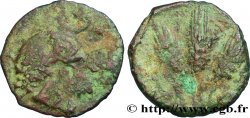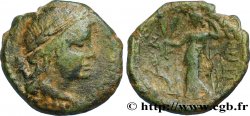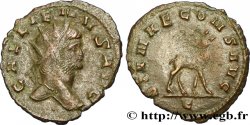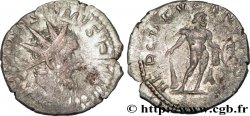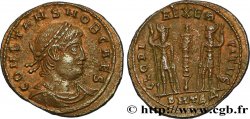E-auction 124-66071 - bgr_364123 - SICILY - ERYX Onkia
You must signin and be an approved bidder to bid, LOGIN TO BID. Accounts are subject to approval and the approval process takes place within 48 hours. Do not wait until the day a sale closes to register. Clicking on « bid » constitutes acceptance of the terms of use of cgb.fr private e-auctions.
Bids must be placed in whole Euro amounts only. The sale will start closing at the time stated on the item description; any bids received at the site after the closing time will not be executed. Transmission times may vary and bids could be rejected if you wait until the last second. For further information ckeck the E-auctions F.A.Q.
NO BUYER'S FEE.
NO BUYER'S FEE.
| Estimate : | 125 € |
| Price : | 41 € |
| Maximum bid : | 46 € |
| End of the sale : | 31 August 2015 15:01:30 |
| bidders : | 3 bidders |
Type : Onkia
Date: c. 330-300 AC.
Mint name / Town : Eryx, Sicile
Metal : copper
Diameter : 13,5 mm
Orientation dies : 9 h.
Weight : 2,93 g.
Rarity : R2
Coments on the condition:
Exemplaire sur un petit flan épais et irrégulier à l’usure importante, identifiable. Patine vert foncé
Catalogue references :
Obverse
Obverse legend : ANÉPIGRAPHE.
Obverse description : Tête féminine à gauche, les cheveux retenus dans un saccos avec collier et boucles d’oreille ; derrière la tête, un symbole.
Reverse
Reverse legend : ANÉPIGRAPHE.
Reverse description : Cheval au pas à gauche, levant l’antérieur droit.
Commentary
G. Buceti a recensé vingt-trois exemplaires avec des poids étalés entre 2,12 g et 5,40 g. Ce monnayage semble plus rare que ne le laissent supposer les ouvrages généraux.
G. Buceti recorded twenty-three examples with weights ranging from 2.12 g to 5.40 g. This coinage seems rarer than general works suggest.
G. Buceti recorded twenty-three examples with weights ranging from 2.12 g to 5.40 g. This coinage seems rarer than general works suggest.







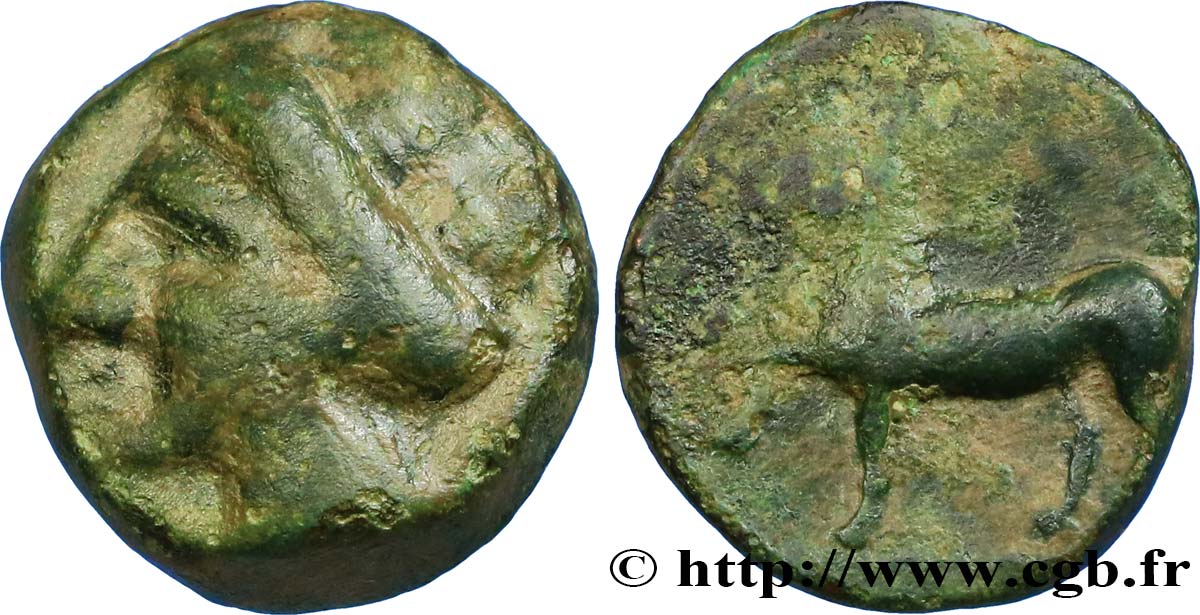
 Report a mistake
Report a mistake Print the page
Print the page Share my selection
Share my selection Ask a question
Ask a question Consign / sell
Consign / sell
